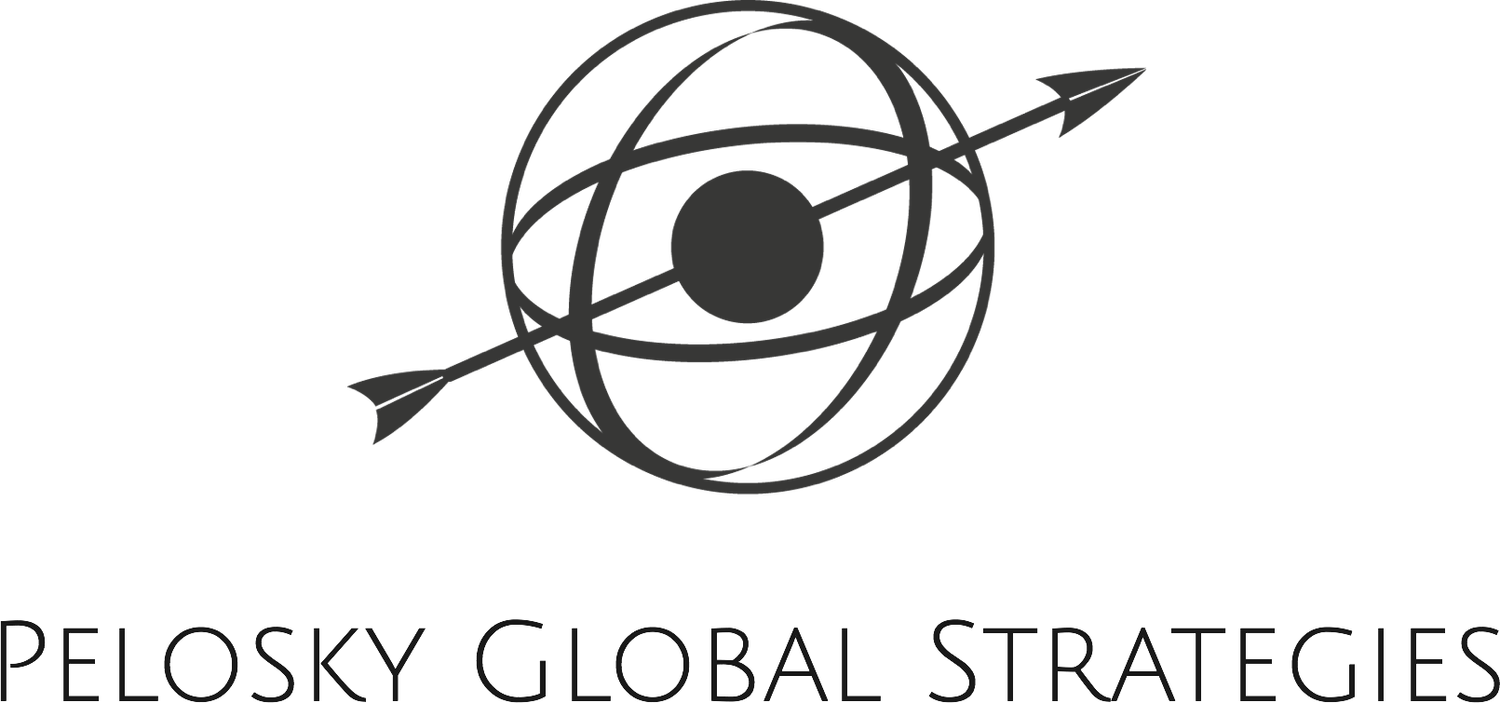Hedgeye Director of Research Daryl Jones recently welcomed J2Z Founder and Principal Jay Pelosky for another installment of Real Conversations. In this revealing excerpt from their interview, Pelosky expands on his thoughts from a recent piece he wrote entitled "The Big Fear."
Source: HEDGEYE
